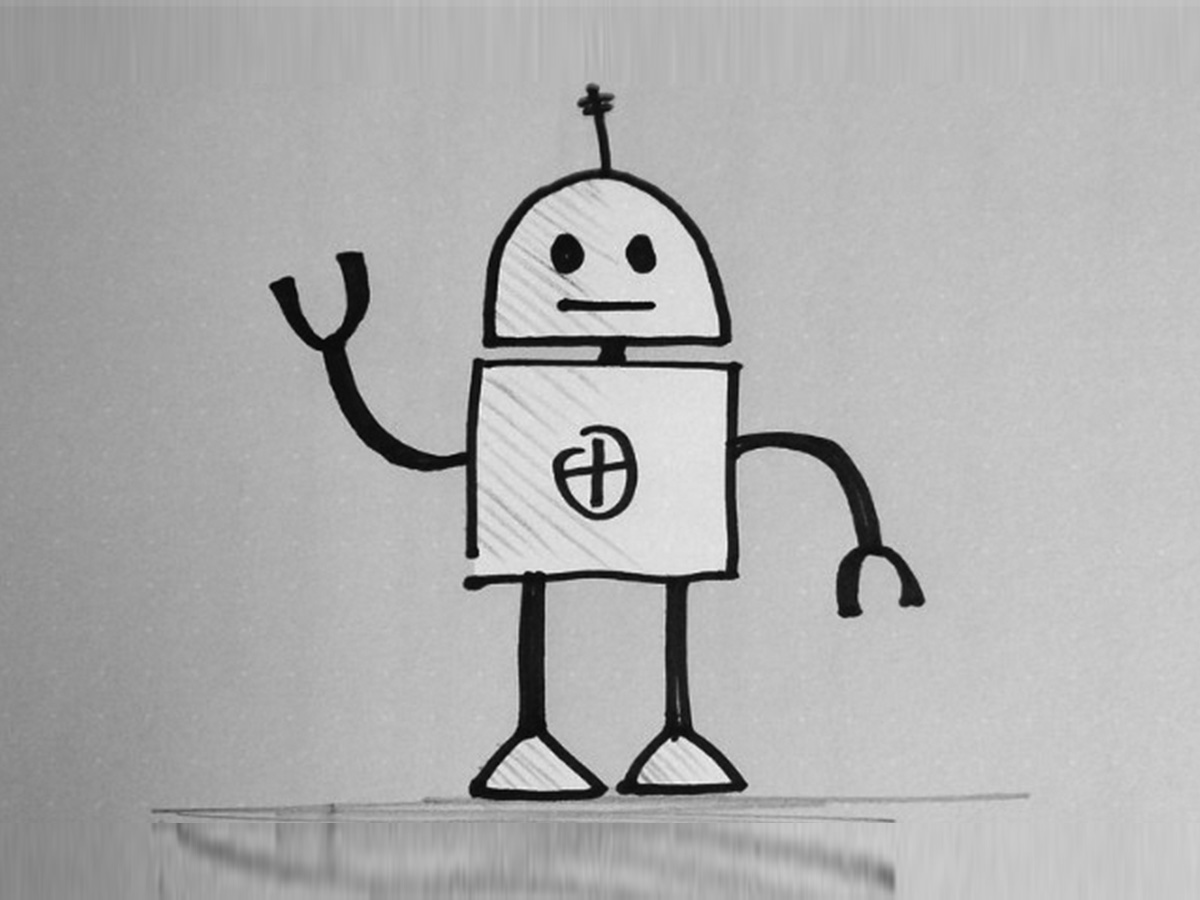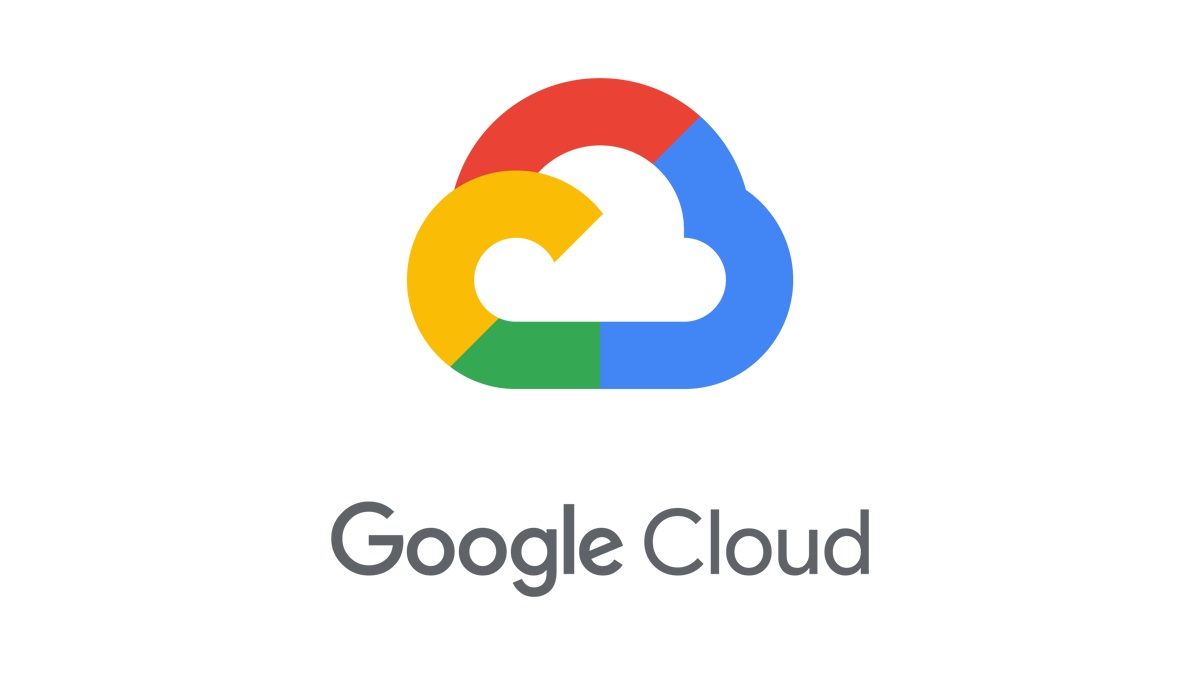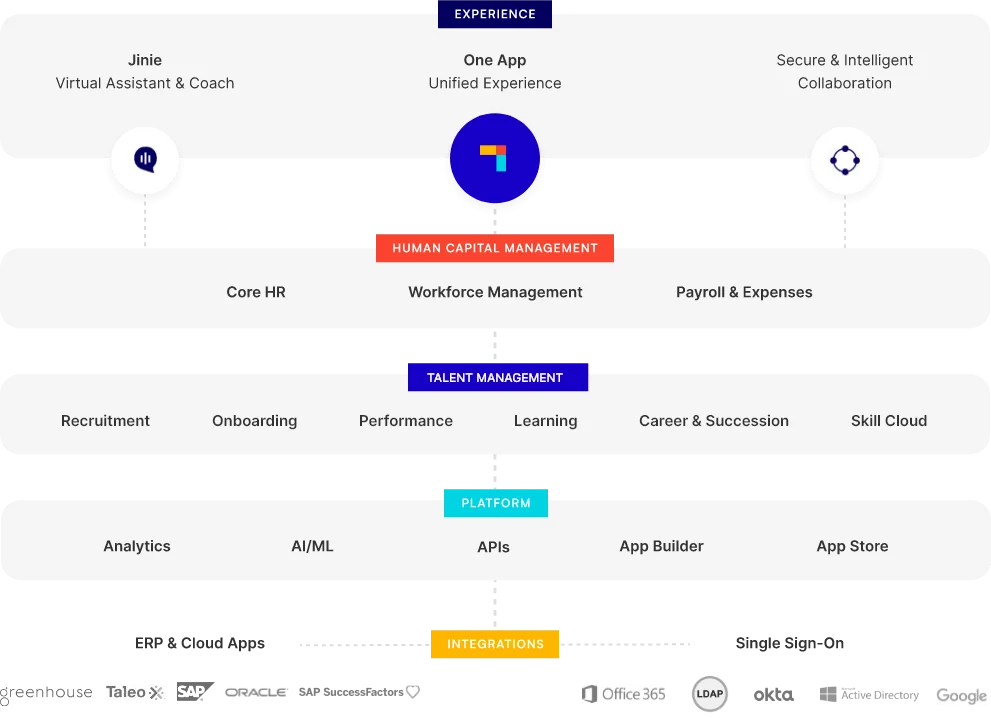There was a time when employees would have to wait for a simple answer to their query on, say, something as simple as their leave balance or details on different company policies. With collaboration tools gaining ground, those days are long gone. Today, AI-powered conversational platforms are enabling on-demand assistance to employees- anytime, anywhere. Moreover, enterprise chatbots have not only made the response time quicker but have also made personalised communication possible.
Enterprise chatbots or ‘personal work-assistants’, as we call them today, have become a force to reckon with. They can apply for leaves, regularise attendance, set reminders for reimbursement deadlines or even give recommendations on the learning courses that an employee would want to take up! In essence, chatbots are every employee’s way to access information on their fingertips without having to go through the HR helpdesk.
While it will be right to say that chatbots have significantly transformed work-life transactions into work-life conversations, there is a flip side to it. Most of the existing chatbots that are thriving in the market today are what we would call as the ‘partially intelligent bots’. They’re a few steps ahead of the dumb bots and use Natural Language Processing (NLP) to provide meaning to text-based inputs given by the users in order to come up with an appropriate response.
For instance, even if the asked questions have grammatical errors or spelling mistakes, such chatbots use NLP to comprehend the meaning behind the questions. However, that’s where it stops.
Partially Intelligent Bots will only be able to link asked questions to pre-programmed responses but they cannot understand the real intent behind them. Let’s take an example. If an employee from the Digital Marketing Manager vertical wishes to explore learning modules relevant to his experience and KRA, the bot should understand that the user is looking for advanced modules instead of courses meant for Digital Marketing Executives. In such a scenario, it should identify relevant courses on say, advanced marketing analytics, matching it with the KRA’s of the individual. It should also align the suggested courses keeping in mind with the previous modules completed by the employee. This is essentially what chatbot facilitated hyper-personalisation at workplace means.
In order to drive hyper-personalisation at workplace, what enterprises need are chatbots that can decode what the employee really wants through their capability to contextualise conversations. They leverage advanced NLP along with predictive analytics, data science and machine learning to create a cognitive framework that can self-learn and decipher unique employee needs in real-time.
Lo and behold, therein comes the ‘truly intelligent bots’. They would remember and use past conversations, drawing insights from them to learn an individual’s preferences. They would know not to recommend you Italian restaurants for a lunch meeting because you once shared that you don’t prefer Italian cuisine. Or they would automatically cancel all your appointments and send notifications to the involved stakeholders if you happen to take a sudden sick leave or are late for an engagement.
Drawing on from an employee’s intent and providing highly perceptive, precise assistance is what next-generation, hyper-personalised chatbots should be capable of. The chatbots of the future don’t just answer questions. They converse. They ponder. They derive observations from past exchanges. They are essentially capable of augmenting experiences at the workplace.
Which brings us to the next question- What is the need of hyper-personalised experiences at the workplace? Well, the saying “organisations that equally value both employee experience and customer experience have a better chance at success than those that don’t,” says it all. Investing in a chatbot facilitating hyper-personalised experiences at workplaces has a long-term yield curve in terms of increasing employee productivity, employee retention, job satisfaction at the same time reducing the cost of recruitment.
With the current workforce population expecting something different when it comes to the employer-employee relationship, organisations can no longer stick with a one-size-fits-all solution to delivering employee experience. Instead, the need is to go hyper-personal. What best than to create a virtual band of personal assistants who never take an off or even leave their work desks!
This article was published on CIOL.
PeopleStrong’s Recruitment Technology (Recruit) is a smart, scalable and one-stop recruitment solution for hiring the top talent. It is not merely an Applicant Tracking System (ATS), rather is AI-enabled, Unified, Intuitive and Intelligent recruitment platform which powers end-to-end hiring processes of 100+ organization across the globe. It is integrated with 50+ candidate sourcing channels, processes over 1 million candidates per year and rolls out 60,000+ joining offers per year.
Get in touch with our recruitment solutions executive to know more about Recruit and how we can manage your Recruitments better.













